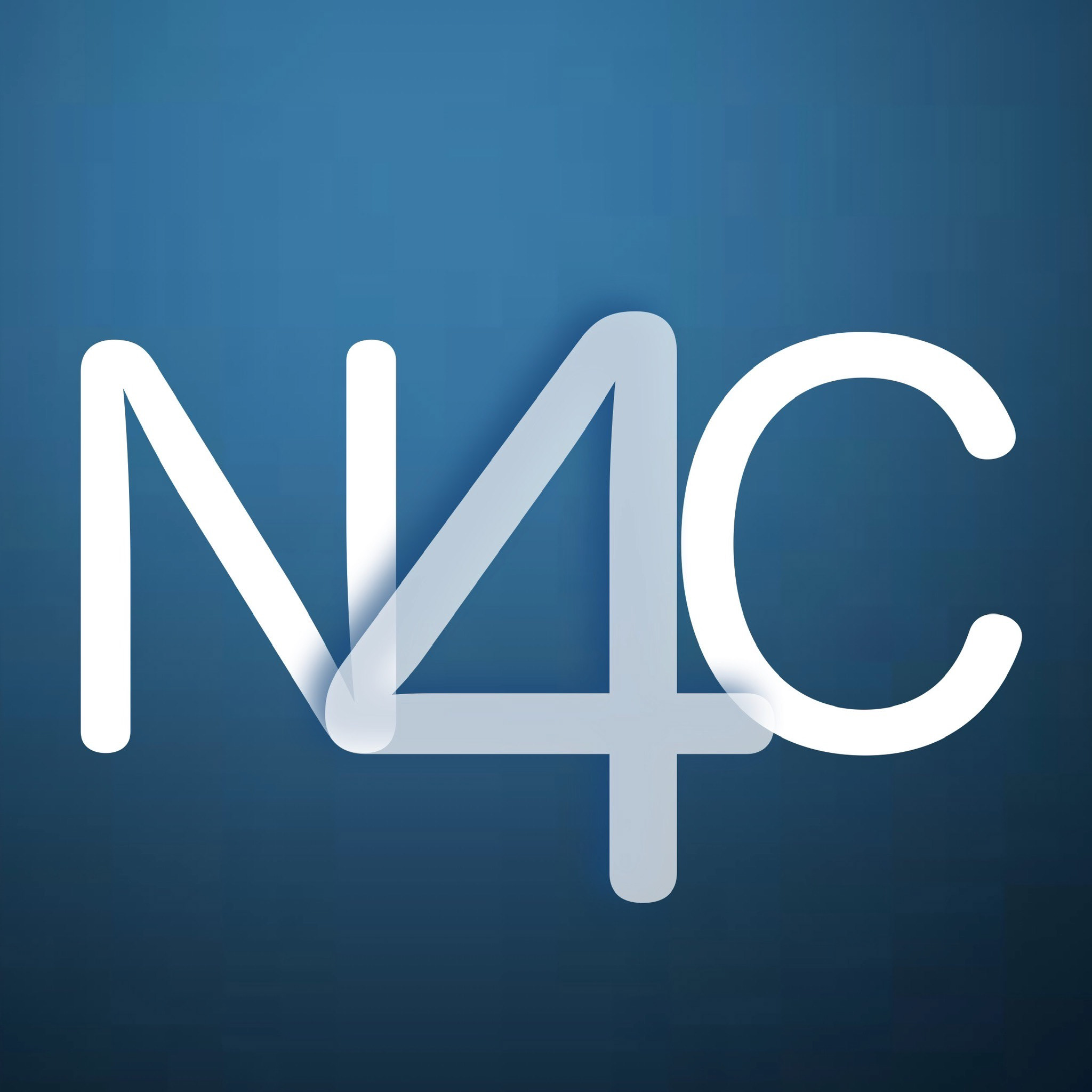If a picture tells a thousand words, then Edward Burtynsky’s images at Taylor Square, Darlinghurst surely must evoke at least that many. Canadian photographer Edward known for his large format industrial landscapes is visiting Sydney as part of an early start to the Sydney Festival 2023.
As part of the exhibition, he is speaking at a series of talks at the Sydney Museum and we popped in to hear him being interviewed by ABC Radio Sydney Breakfast’s host James Valentine to discuss the images he has been making for 40 years. I have long dreamt of combining my photography to tell the sorts of stories he is telling. I am in awe of his work.
In his introduction, James says that his images are both poetic and devastatingly haunting and I couldn’t agree more. He is photographing the impact our global consumerism and capitalism is having on the plane. It is hard to look at these images and at the same time impossible to look away.
Ed speaks about his childhood and mentions how he spent a lot of time in nature, buying a canoe with his first pay check. His dad often took him fishing and also loved art and photography so he says it is in his DNA. I feel that perhaps it was both nurture and nature that threw him into a career that has become his life’s work. He reflects on the fact that so many people are disconnected from the natural world. Ed says he always loved camping and the outdoors and was excited when his teacher asked him to photography the ‘evidence of man’!
Edward discovered early that he had a natural aptitude for photography. He speaks about a time when started capturing landscape images in colour, when artists at the time were focusing on monochrome images of street photography! Landscape images were not hip back then, but this is what he felt compelled to do. He encourages us to trust the things that get us excited to get out of bed in the morning and to follow our hearts. It is clearly what he has done. Ed say that back in 1976, it felt pioneering to be shooting with a large format camera but he believed in the strength of his vision.
While he has been inspired by American photographers like Ansel Adams, Weston and Watkins, his work remained in colour. Interestingly, he says that in those early days the only colour photographs were those done for commercial purposes.
He started photographing the impact of agriculture and says that farming has been the biggest thing we have done to re-shape our planet. But to convey the scale of impact, he really needed to start taking pictures from above. This is what led him to do large format aerials, relying on drones, planes and helicopters to show the scale of impact. He also positions himself at high-vantage points using elevated platforms and the natural topography.
James questions him about the fact that despite the subjects he is photographing, his images remain beautiful. Edward explains that nobody would engage with an ugly picture and to convey his message he needed to create images that were visually compelling. He goes on to say, that we should observe people in a museum, and watch where they stop. He says there is something in our collective conscious that makes us connect with certain things! I make a mental note to pay more attention, next time I am in a gallery.
We look at some of the images and he talks about how he creates them. While Cartier-Bresson spoke about the ‘Decisive Moment’, I had read Edward described the act of taking a photograph in term of ‘The Contemplated Moment’.
There is a lot of research that goes into selecting places, getting access and deciding when to go. Obviously, if he is photographing agriculture, the fields will look different during different seasons. There are many other considerations like vantage points, the height from which he is capturing the images as well as the time of year and light available that are considered before he begins the process of image making. Ultimately he might spend a few days scouting the area and a day photographing but will then pick one image from his work and focus on making it the best it can be. However, he confirms that he doesn’t use photoshop to alter the image. What you see is reality.
His images are compelling, focussing on bringing home the impacts on global consumerism and what is left behind. The large prints enable you to both look at them from afar and also observe the detail from very close up. He likes to photograph the ‘biggest’ of everything. The four gorges dam in China and the mine pit in Kalgoorlie are examples but he confirms that access to these places today is getting far more difficult and expensive. His work is phenomenal and I am blown away.
We found it interesting to hear Ed say he doesn’t make any political statements. Our lives and the devices we use to communicate and get about depend on the products of mining. But he wants us the viewer contemplate and acknowledge the cost of our lifestyles on the planet and the future.
Here’s what I took away from the evening. Waste is the number one product that we make. While we might feel good that we recycle, the products are broken down in countries like Bangladesh and China where workers have no access to proper PPE equipment, are paid meagre wages and have to live with the fumes and pollution caused by the processes of breaking things down.
Human ingenuity has caused the destruction that has been left in the wake of progress and human ingenuity can also get us out of this mess. The narrative of a circular economy might just be the transition path we need to embrace but how long will it take us to get there?
